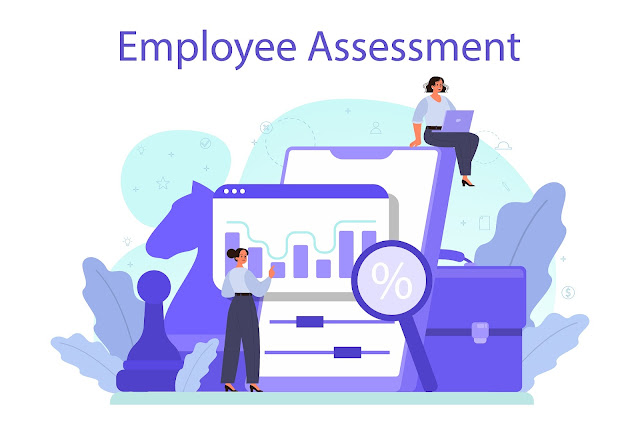Daily employee performance management is the key to an effective performance management system. People work most effectively when they set goals, have clear expectations, and receive frequent feedback. A performance management system's key elements include visibility, clear expectations, communication, goals, and rewards.
1. Visibility
You must be a brilliant manager to understand 50 employees by observation alone. Many say this is not the case, but the reality is quite different. To objectively evaluate employee performance, it is almost essential to have a data collection system to report on employee performance. Performance reporting is the backbone of any performance management system. It provides management and employees with the information they need to make the right decisions.
2. Clear Expectations
The ability to review employee performance allows you to set goals for improving employee performance and basic expectations for employees to be held accountable. Many workers need rules. Performance management allows you to set rules to ensure your employees are on a path to success and career growth and to hold them accountable for poor performance.
3. Communication
Visibility and expectations are powerful tools, but their value is quickly lost if they aren't consistently communicated to employees. Organizations with sound performance management systems are encouraged to provide employees with daily or at least weekly feedback through reports. In addition, protocols should be developed to allow managers to take weekly action against employees who exceed or fail to meet minimum standards. The introduction of protocols helps management proactively manage employee performance.
4. Goals and Rewards
Many workers want to work and enjoy their jobs. But few are satisfied when they do the same thing daily without realizing how well they are doing it. By introducing goals and incentives in combination with the other criteria mentioned above, you can turn an average employee into a highly productive one. Compensation programs and incentive goals (both monetary and non-monetary) can significantly increase employee motivation and move a company from a management-driven environment to an employee-driven environment.
Studies conducted by Towers Perrin have shown that 38% of workers are fully or partially "disengaged." These are workers who "just give their time. Only 21% are "engaged" employees who give their best to the team, while the remaining 31% are considered "enrolled" employees, i.e., competent workers who aren't emotionally invested in the business. Fully engaged employees are, on average, 20% more productive and have a much higher retention rate. A comprehensive employee monitoring productivity software can increase employee engagement, improve productivity statistically and reduce costs.




